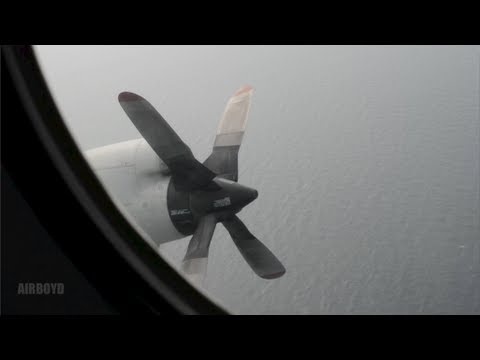The P-3 Orion
Ten men focus on instrument panels, scopes, and detection devices as their P-3 Orion flies an ASW search pattern, far from land, skimming over rough seas whose darkness and depth conceal a potentially hostile submarine. The P-3 is one of many patrol aircraft operated by the Navy. Four constant-speed turboprop engines and thirteen and a half feet of paddle-blade propellers power it. To increase the time on the station for sea-level ASW work, two engines may be shut down.
The P-3 may operate with one of its four engines turned off in order to save fuel during its long-range patrols over land and sea. This makes longer missions—more than ten hours—possible. The engine that is shut down is the number one engine, which is located the farthest from the fuselage on the port side. Additionally, by doing this, engine smoke is reduced, improving visibility from the port aft window for surveillance.
Former Naval Flight Officer (NFO) Ross Hall recalled on Quora that he flew P-3 Orion anti-submarine and maritime surveillance aircraft.
‘Operating out of Iceland, our P-3 was tracking a Soviet submarine in the Norwegian Sea. We already had engine #1 loitered, which was standard procedure during our nine-hour flight. We were operating in EMCON (emissions control), so were not transmitting. Our P-3 was, however, monitoring the regular broadcast from our base, which informed us that our sister aircraft, due to relieve us on station, had been delayed. “Extend on station as long as practical” was our new order.

P-3 shuts down 2 engines
‘“Loiter number four”, and we shut down our second engine.
‘Our aircraft shuddered, as we settled into a low-speed, high angle of attack loiter. We ended up extending our time on station by almost four hours until the relief airplane arrived. Total flight time: almost thirteen hours!
‘Occasionally, the hours of boredom are punctuated by sheer terror, or occasionally by sheer bliss – I recall many occasions where fantastic events unfolded in front of my eyes: aurora borealis; adiabatic winds over a glacier; mountainous seas crashing over the flight deck of an aircraft carrier; exotic ports of call; the suicide of a friend and colleague; watching a fading tropical thunderstorm in a drunken haze.’
Hall concludes;
‘Looking back, I am most amazed at the profound responsibilities our nation lays at the hands of young, inexperienced people, and how they rise to the challenges presented to them. I consider myself very fortunate.’
Photo by U.S. Navy

